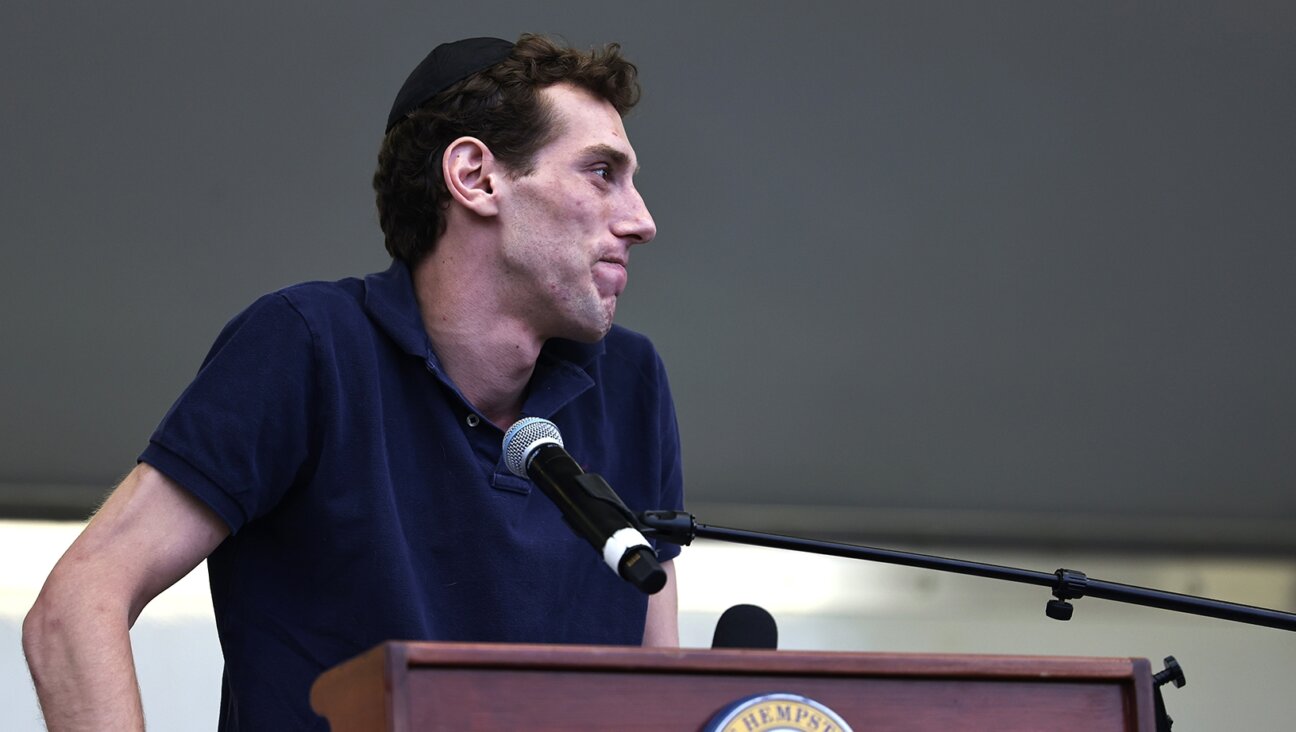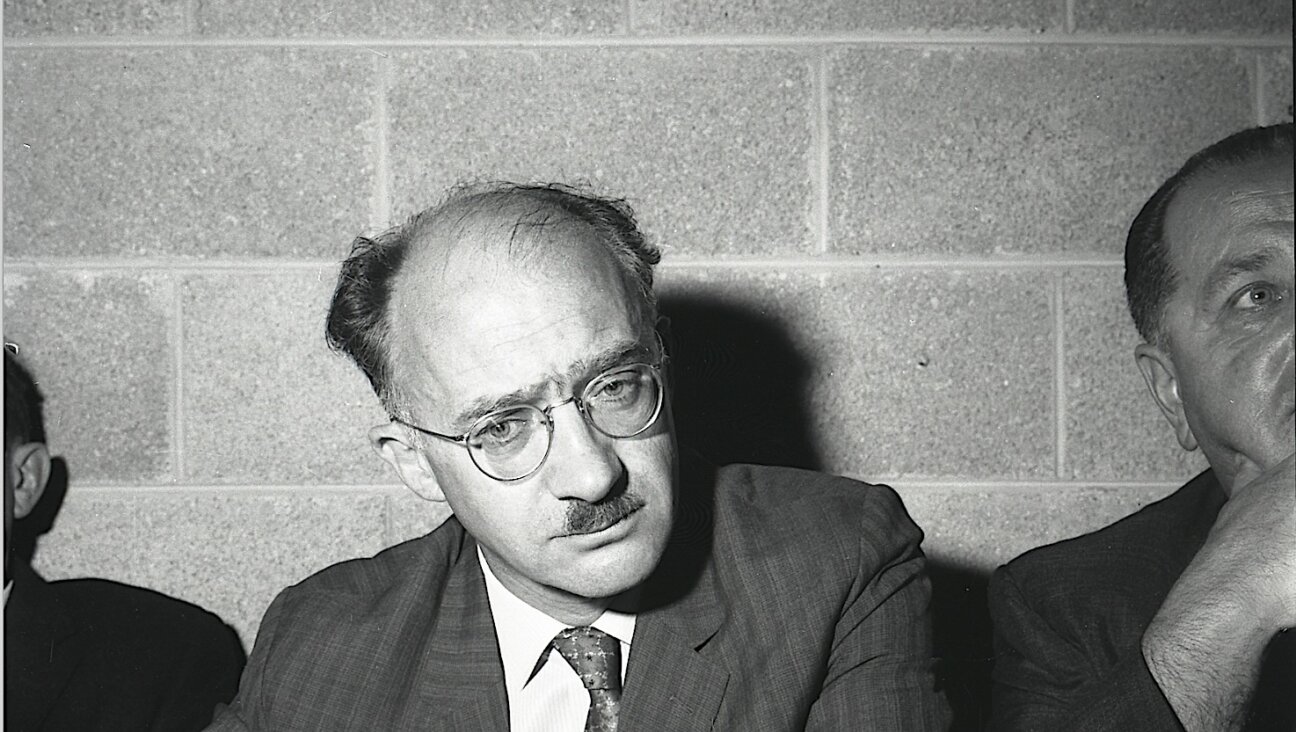The Kindness of Strangers

Graphic by Angelie Zaslavsky
The Price of Altruism: George Price and the Search for the Origins of Kindness
By Oren Harman
W.W. Norton & Company, Inc., 464 pages, $27.95
Ever since Darwin first published “On the Origin of Species,” scientists have struggled to figure out the evolutionary origins of altruism. How can the theory of “survival of the fittest” be reconciled with the incontrovertible phenomena of cooperation and self-sacrifice? Are what appear to be acts of generosity in truth acts of individual self-interest? Can there be a goodness that is, so to speak, “pure”?
In his new book, “The Price of Altruism,” Oren Harman, professor of the history of science at Bar-Ilan University — and co-presenter, with Yanay Ofran, of the highly regarded Israeli television show, “Did Herzl Really Say That?” — weaves together the history of the attempt to solve the mystery of altruism with the remarkable life story of George Price, an American scientist and polymath who died in 1975 at the age of 52.
Despite having no formal training in the field of evolutionary biology, Price conceived a mathematical equation demonstrating how natural selection occurs simultaneously at different levels, and he was the first to use game theory to analyze the dynamics of animal conflict. But ultimately, his struggle with the enigma of altruism would have tragic consequences.
Price showed himself to be a brilliant but erratic personality early on. Awarded a scholarship to Harvard, he dropped out after a year but went on to study at the University of Chicago, where he eventually completed a doctorate in chemistry while working at the Manhattan Project. He worked at Bell Labs, the University of Minnesota and IBM; published articles in popular magazines, such as Science, Fortune and Life; corresponded with Senator Hubert Humphrey on American military readiness, and started writing a book on the Soviet threat. But despite his astonishing promise, many of these projects never came to fruition: Soon his marriage fell apart, his health deteriorated and job prospects faded.
In November 1967, after a bout of thyroid cancer and an operation that left him with nerve damage in his neck and shoulder, Price left America and settled in London. While spending time in libraries, focusing his intellectual energies on the evolution of the family, he came across an article on kin selection that was written by William D. Hamilton, “the most distinguished Darwinian since Darwin,” and started up a correspondence with the biologist.
Some seven months later, Price walked into the Galton Laboratory at University College London, looking to check the math in his explanation for altruism, and walked out with an honorary appointment and an office. With Hamilton’s assistance, Price’s now famous equation — which shows that natural selection occurs in individuals and groups at the same time, and under which conditions one level would triumph over those of the other — was published in 1970 as “Selection and Covariance” in the journal Nature.
The same year, Price — up until that point a militant atheist — became a committed, if idiosyncratic, Christian. Soon he was attempting to convert his friends and colleagues, and developing his own works of biblical exegesis, including a 50-page essay challenging the conventional chronology of Jesus’ Passion and proposing his own alternative. (Interestingly, it was also during this time that he first learned of his own Jewish roots.) Price’s acceptance of the Christian faith did not lead him to abandon science; he believed, rather, that he had been chosen to make his discoveries. From Harman’s account, the born again Price seems to have been unconcerned about the tension between his research on evolution and the biblical narratives of creation.
Within a few years, what had begun as scientific research into the origins of altruism became a radical personal experiment. Perhaps haunted by his personal failures, perhaps troubled by the implications of his own scientific work, which appeared to reduce goodness to self-interest, Price sought to live out a life of pure altruism, according to his interpretation of the teachings of Jesus. He relinquished his possessions, befriended homeless alcoholics — inviting them to stay with him in his flat — and ultimately became a squatter himself. In January 1975, Price took his own life, stabbing himself in the throat with a pair of scissors. He was buried, after a funeral service attended by a few biologists and five homeless friends, in an unmarked grave.
Harman, who first heard of Price while a doctoral student at Oxford, approaches his difficult subject with passion and verve. Working with a trove of materials from Price’s life — his journals, unpublished writings and correspondence — as well as from interviews with friends and relatives, Harman deftly weaves his account of Price’s life and trials with a chronicle of the major developments of evolutionary biology and the personal dramas and obsessions that lay behind them. A fascinating study of the ways in which these factors shape the scientific endeavor, “The Price of Altruism” provides a glimpse into the life of this strange and brilliant man. But in the end, George Price, like the problem that obsessed him, inevitably remains an enigma.
















